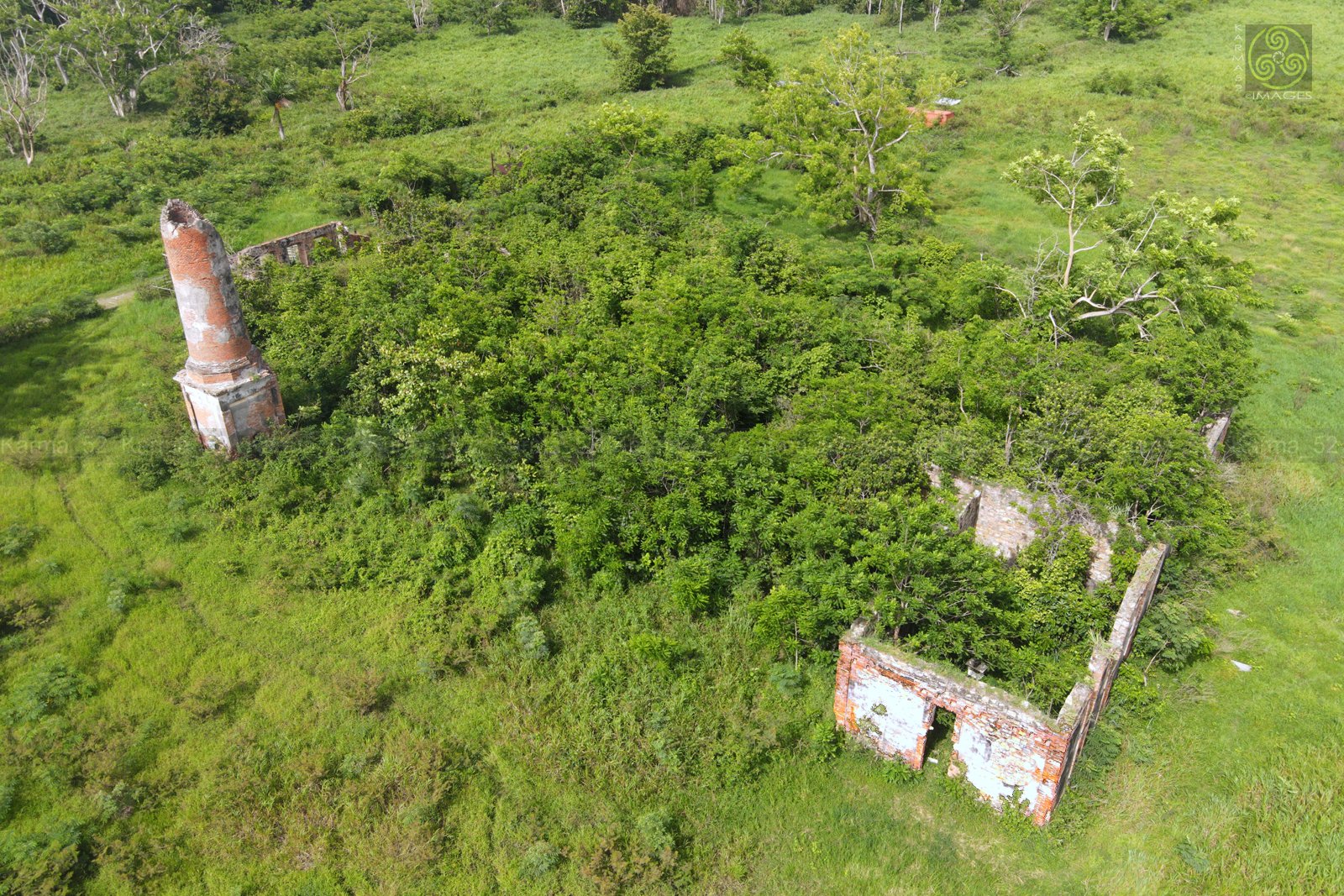
Hacienda Estebanía
José Ferreras Pagán in his 1902 book Biografía de las Riquezas de Puerto Rico states that Hacienda Estebanía was established with a blood driven mill by Spanish immigrant from Mallorca Manuel Nadal (1785-ca.1839) and his Dominican born wife Estebanía Gros Acal (1782-1856) who died August 6, 1856 victim of the cholera epidemic that affected the island. The name of the hacienda was thus in honor of its first owner's wife. Five children were born from the marriage of Manuel and Estebanía; Esteban Nadal Gros (1807-1892), Ramón Nadal Gros (1809-1865), Manuel Pío Nadal Gros (1813- ), Manuel Félix Nadal Gros (1816- ) and Agueda Nadal Gros (1819- ). Upon Estebania's death, which was preceded by that of her husband by seventeen years, the hacienda was inherited by their sons Esteban Nadal Gros and Ramón Nadal Gros and operated under the firm Nadal Hnos. No information was found regarding the other three children and why they were not part of the estate, which very well could have been because they did not reach adulthood. By 1859 the brothers had improved the hacienda by installing a steam driven mill producing some eight hundred hogsheads of raw sugar.
After Ramón Nadal Gros death in 1865, his brother Esteban became the hacienda's sole owner. Upon Esteban's death in 1892 the hacienda was inherited by his estate comprised of the seven children born from his marriage with Dominican born Micaela Freyre de la Sierra (1817-1890); José Ignacio Nadal Freyre (1838-1889), Maria Altagracia Nadal Freyre (1841-1906), Salvador Nadal Freyre (1847-1919), Félix (1849- ), Carmen Nadal Freyre (1854-1932), Ramón Nadal Freyre (1855-1917) and Juana Estefanía Nadal Freyre (1860-1867). According to Ferreras Pagán, as of 1902 members of the estate either leased and/or sold their interest to Salvador Nadal Freyre and Damian del Moral, who represented themselves as co-owners. Damian Del Moral Carmona (1854-1904) was a Spanish immigrant married to Salvador's sister Carmen Nadal Freyre.
It is not clear when Hacienda Estabanía ceased to process sugarcane grown in its land but it is reasonable to believe it was when the nearby Central Eureka or Central Rochelaise were established in 1907 and 1908 respectively. Both were located not too distant from Hacienda Estebanía, Central Eureka to the south and Central Rochelaise to the north. The remains of Hacienda Estebanía are located on PR-114 km 1.2 in Barrio Guanajibo near the Guanajibo River. It was a four hundred ninety one cuerdas estate with part of its lands within the municipal boundary of Mayagüez and part in San Germán. It was adjacent to haciendas Isabel Josefa owned by the Ramirez de Arellano family and to Hacienda Carmen.
The pictures below were taken by Carlos Alemán in October 2023. The first picture shows how urban development has grown in the area, it shows the Valle Hermoso development and Mayagüez Mall in the background.



